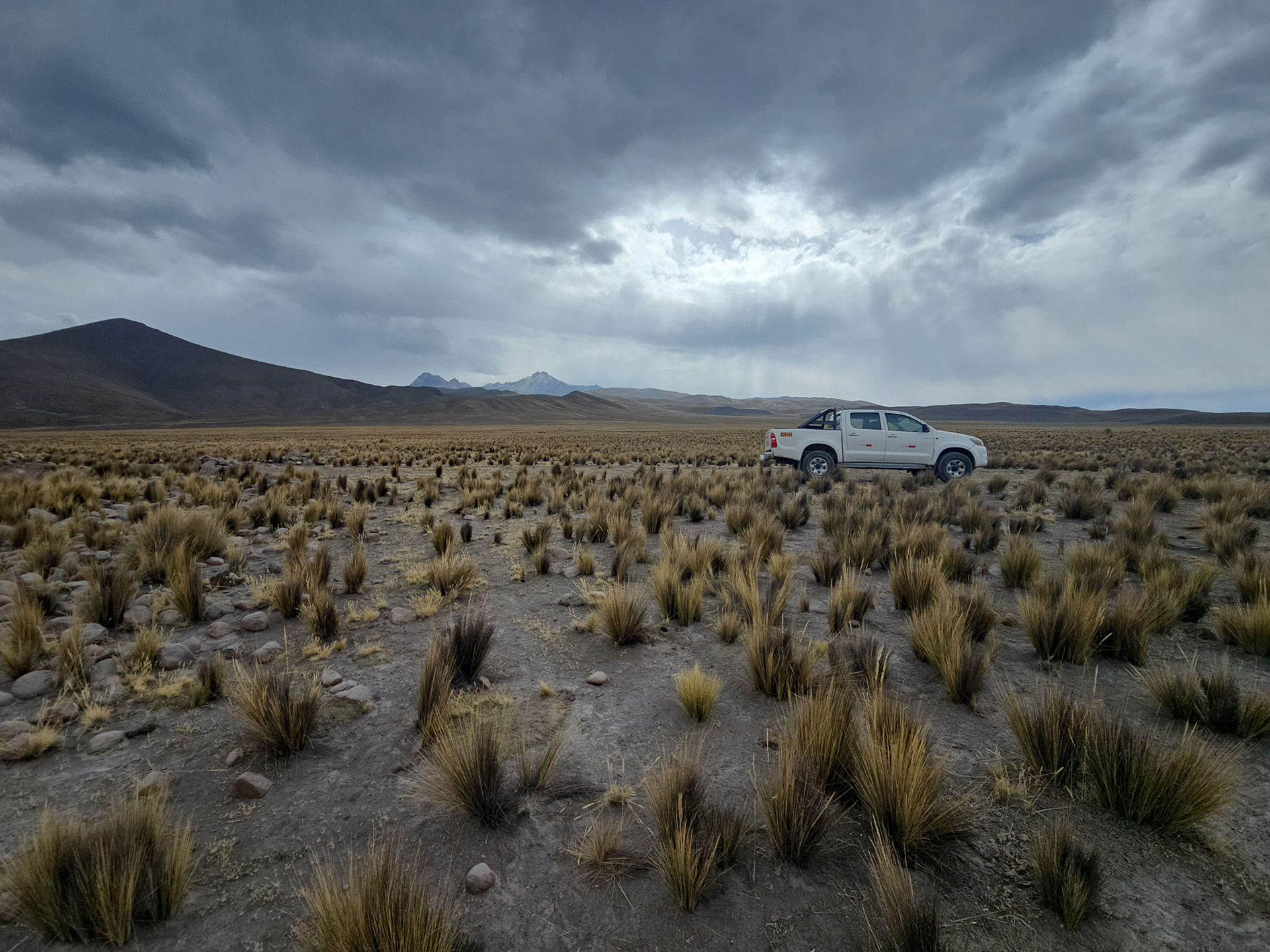Our research
Through interdisciplinary research, we examine:

Climate threats
Unstable climates characterize both the past and present in the Colca Valley. We investigate how communities adapt.

Warfare and social stress
Our investigation of the ancient citadel of Achomaniy reveals how communities lived during times of war.

Resilient farming systems
How can ancient farming systems help farmers build resilient systems in the present?

Traditional knowledge
Traditional knowledge informs our understanding of the past and the present.
Climate threats, past and present
Today, as in the past, communities in the Colca Valley face increasingly unstable and unpredictable climates that threaten both fields and flocks. Our archaeological research investigates the climate of the Late Intermediate Period (LIP; 1100-1450 CE) to understand how individuals and communities responded to these challenges.
The study of agroecological transformations in the Colca Valley takes on special urgency in the present, as descendant communities are already feeling the effects of warming temperatures and increasingly volatile weather on high-altitude ecosystems. Our project is working collaboratively with local Indigenous communities to assist their efforts to improve the resiliency of agropastoral infrastructure.
Warfare and social threats
Warfare has long been associated with the Late Intermediate Period (LIP; 1100-1450 CE). Evidence for conflict is found across the Peruvian highlands in the form of hilltop fortifications, defensive settlement patterns, and skeletal trauma. These same patterns are found in the Colca Valley, where dozens of hillforts have been identified and skeletal analysis shows high rates of trauma.
The rise of warfare during a period of climate change raises several important questions. Did climate instability cause or contribute to warfare? Did warfare persist after the climate improved? How did communities cope with both environmental and social threats?
Our research investigates a significant fortified hilltop settlement in the Colca Valley known as Achomaniy. Here, our excavations seek to understand community lifeways during this difficult period.
Resilient farming systems
Over centuries, farmers in the valley have forged resilient food systems that can respond to the extreme climates of the highland Andes. Since the time of the ancient Collagua people to their present-day descendants, the valley’s residents have transformed over 14,000 hectares of land into irrigated agricultural terraces. Over centuries of calamitous drought and climate change, the Collagua ingeniously modified the landscape to slow erosion, preserve topsoil, harness glacial runoff, lower frost risks, and stave off tectonic threats to their crops and livestock.
These same agricultural systems continue to be used today as communities work to build resilient farming systems today.
Traditional knowledge
Communities in the Colca Valley are the keepers of traditional ecological knowledge that has been passed down over generations. Local farmers have learned to cultivate fields, manage miles of irrigations systems, and tend herds in an area characterized by aridity, frost, and temperature extremes.
This knowledge is cultural heritage in its own right and important to interpreting the archaeological record. This knowledge is also at risk. Today, many young people leave the valley and agricultural work to pursue education and jobs in larger cities. In collaboration with the community, we are working to preserve this knowledge for future generations.

